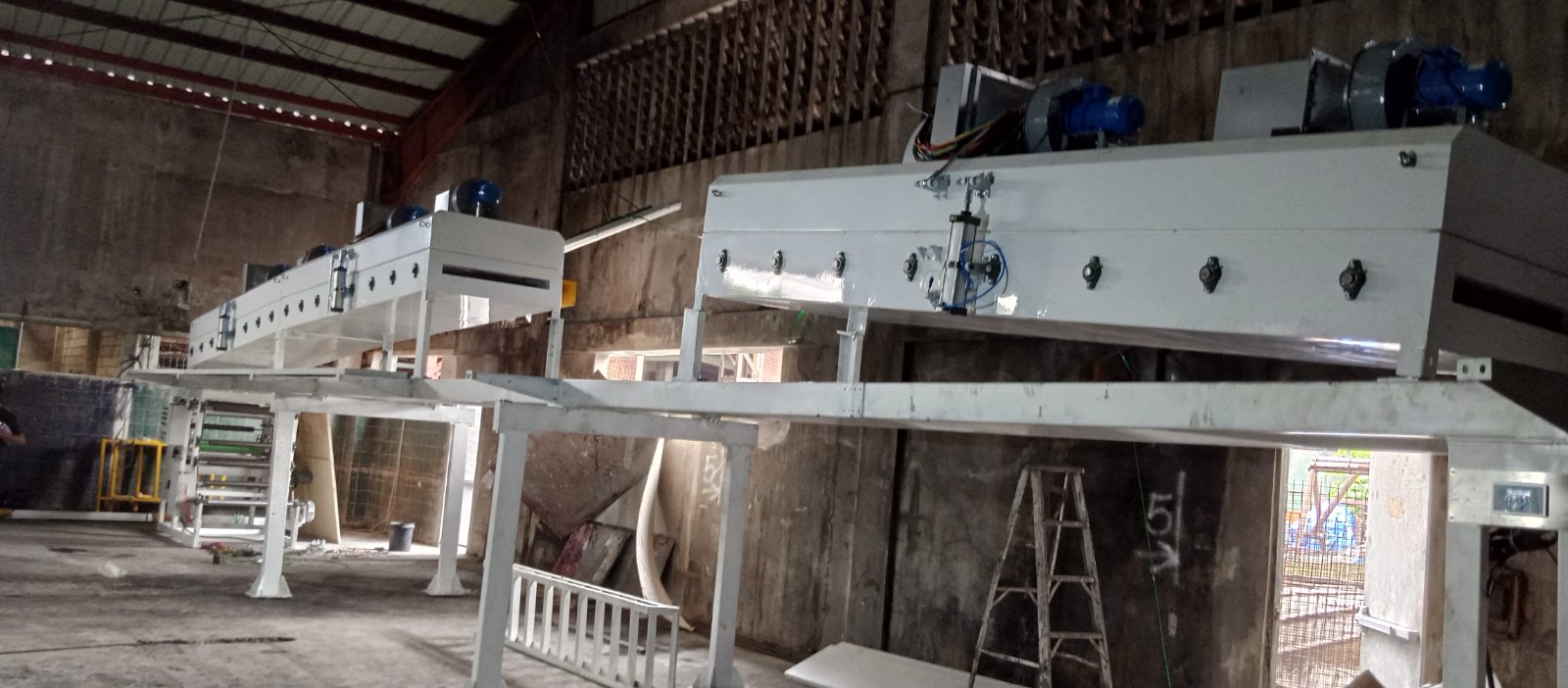Font Size:
In the manufacturing processes of high-quality white board paper and coated cardboard paper, the utilization of CMC (sodium carboxymethyl cellulose) as a coating bonding additive is widespread. This special CMC, characterized by advanced technical indicators, exceptional performance, and strong specificity, outperforms modified starch and PVA, especially in terms of hydrophobicity, making it indispensable for medium- and high-speed coated paper production.

To cater to the demands of the papermaking industry for medium- and high-speed coated white cardboard and premium white board paper, the development of special CMC for coated paper holds immense significance. This high-grade fine chemical exhibits unparalleled properties that cannot be easily replaced by alternative additives.
Raw Materials and Reagents:The raw materials employed in the production process include wood pulp, refined cotton, sodium hydroxide, chloroacetic acid, ethanol, isopropyl alcohol, methanol, nitric acid, hydrogen peroxide, ammonia, glacial acetic acid, tetramethylammonium chloride, among others—all meeting industrial-grade standards.
Preparation Methods:
Kneading Method:
Slurry Method:
Modification Methods:
Modification methods encompass pre-treatment (e.g., cellulose treatment with ammonia), intermediate treatment (use of modifiers like sodium hypochlorite during carboxymethylation), and post-treatment (e.g., treatment with high-concentration hydrogen peroxide after etherification).

Sample Preparation:Immerse 200g of wood pulp in a solution containing 125g of caustic soda, 600mL of isopropyl alcohol, 10g of composite catalyst, and water. Stir for 2.5 hours at room temperature, then add 96g of chloroacetic acid, 110g of isopropyl alcohol, and 5g of phase transfer catalyst tetramethylammonium chloride. Heat to 67°C, hold for 1.5 hours, cool, neutralize, add 20g of hydrogen peroxide and 5g of stabilizer. Filter, dry, and pulverize to obtain a slightly yellow granular product.
By understanding the raw materials, preparation methods, and modification techniques, the development of special CMC for coated paper becomes a crucial aspect in advancing the papermaking industry's capabilities for superior coated paper production.
Carbonless paper coating chemicals components
2023-12-25The Impact of Stiffness and Density on the Quality of Coated Paper
2023-12-25Quality index of coated base paper
2023-12-25Explore the development of the thermal paper market since 2023: Trends, challenges and opportunities
2023-12-25Unveiling the Divergence: Boiler vs Steam Generator in Paper Drying
2023-12-25What is the thermal paper coating machine line?
2023-12-25Why does the thermal paper coating machine request calender?
2023-12-25Carbonless paper coating chemicals components
2023-12-25The Impact of Stiffness and Density on the Quality of Coated Paper
2023-12-25Quality index of coated base paper
2023-12-25